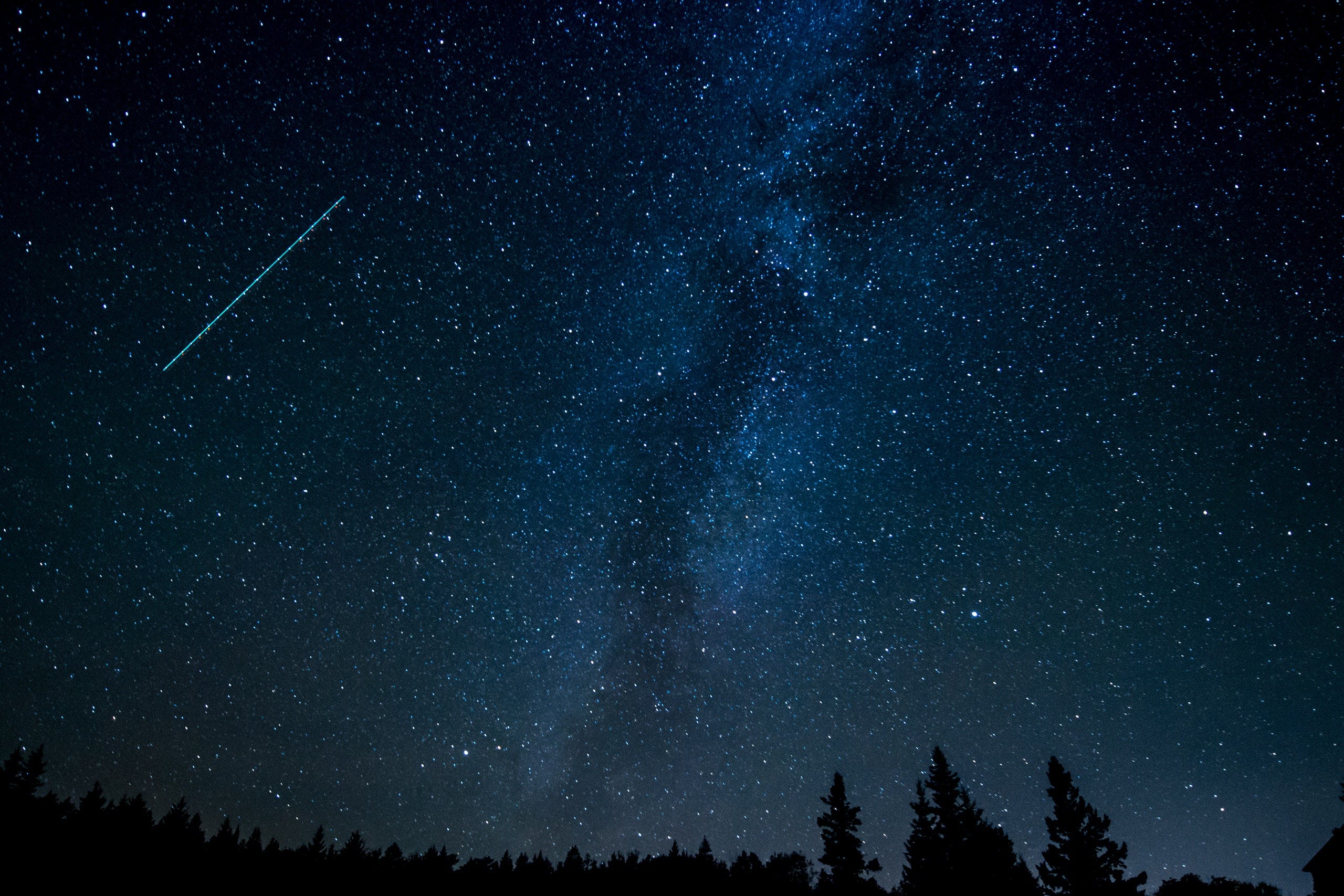Astromining Engineering & Space Environment Conservation
“The first trillionaire will be the person who exploits natural resources on asteroids” — Neil deGrasse Tyson
Space mining advocates enthusiastically highlight the merits of unlocking resources within our Solar System but seemingly with scant reference to the inherent dangers. There appears to be an almost giddy emphasis on the vast wealth to be found in space, how this might end resource scarcity and see resource conflicts on Earth consigned to history. These are thrilling and virtuous ideals, but what are the risks to an emergent space mining civilisation and how will endowment through off-Earth mining be safely realised?
Space exploration is hard and mining in space portends to be remarkably hazardous. If climate change on Earth is a guide for what might happen when humans materially interfere with the environment, space enterprise must proceed with caution as it begins to alter environments beyond our planet.
There is an imperative to first consider what could potentially go wrong and result in pernicious outcomes for the Earth and all of its inhabitants.
Unintended Consequences
The race to exploit the untouched resources of space is already underway, with an emphasis on mining asteroids. Capability to profitably mine in space is not yet a reality but space resource companies have already been established in eager anticipation of a space mining boom.
There are three broad options to acquire target asteroids for resource extraction: in situ, re-orbit and controlled landing.
Mining in-situ involves either human crewed or robotic mining systems conducting operations on an asteroid in its current orbit. Re-orbiting means moving asteroids to be mined closer to Earth or the Moon. A riskier plan involves the controlled landing of resource-rich asteroids in a remote location on Earth to permit low-cost terrestrial mining techniques. Noting the embryonic and untested nature of these celestial mining options, potential exists for all of them to generate undesirable outcomes.
Mining asteroids is possible in theory, but applying terrestrial mining techniques on a large rotating rock travelling at super high velocity in space will probably be a high-risk proposition. More so if asteroid capture and mining is attempted with human mining crews.
An Unstable Platform
Asteroids have different orbits, compositions (carbon, silicon & metal) and awkward dimensions. So astrogeotechnical analysis of these ‘flying mines’ will be vital to confirm mine design safety profiles, stripping ratios and appropriate mining methods, such as open cast or subsurface drift mining.
Subsurface drilling and tunnelling could trigger lethal gas geysers from breaching pockets of gas trapped inside asteroids. Structural fracturing or seismic events caused by mining activity may also lead to unstable space mine sites. Particularly if asteroid shot blasting is ever attempted. Moreover, mines on Earth require huge amounts of water and electrical power generation to conduct ore beneficiation processes such as electrolysis, chemical leaching and hydraulic fracturing.
Consequently, dry mining in the cold vacuum of space, on low-gravity asteroids with no atmosphere will likely require entirely new processes to be feasible. So a new Astromining Engineering discipline, career Astrominers and bespoke space mining technologies are likely to be spawned from this.
Newton Gets a Vote
“Pick a flower on Earth and you move the farthest star” — Paul Dirac
Newton’s Law of Universal Gravitation implies that the gravity of a body weakens with the inverse-square of the distance from the body.
Therefore, displacing multiple asteroids ‘closer’ to Earth and the Moon into or near to cis-lunar space might have unforeseen effects on Earth’s tides, geological processes, natural ecosystems and weather patterns.
The Earth and the Moon have been a tightly coupled binary system for billions of years, so their balance of angular momentum and associated gravitational dynamics might be altered with catastrophic consequences if significantly more mass is introduced. This unique hazard could be amplified if space mining companies begin ‘parking’ or clustering huge asteroids in Lagrange points, Trojan orbits or Lunar orbits.
It’s not only the prospect of gravitational balance issues to consider. The Earth’s protective magnetosphere may also be jeopardised if fleets of metallic asteroids are introduced to its local space ecosystem for ‘ease of access’.
What effect will metallic asteroids orbiting in relative close proximity to Earth have on the planetary electromagnetic spectrum?
It may be that a few re-located asteroids may not initially have appreciable effects on the gravity and magnetic forces influencing Earth. But even minor changes to Earth’s space neighbourhood may potentially yield dangerous second and third order effects over an extended period of time. Deleterious outcomes may manifest later as an increased risk of ‘natural’ disasters on Earth, including irreversible planetary axial and or apsidal precession.
Landing a Pig

“Houston, we have a problem!” — Jack Swigert, Apollo 13
One proposal exists to ‘crash land’ valuable asteroids on Earth. This may have even more disastrous and immediate consequences. Depending on the size of a ‘landed’ asteroid, devastating earthquakes and volcanic eruptions might be triggered by shock forces unleashed within the planet. Geological damage at the impact site could be immense, causing lasting environmental harm.
A wild-card proposal of this magnitude would require global ‘buy-in’ via the United Nations, where the merits and risks would need to be debated and forensically analysed. Hence, it’s difficult to conclude that such a plan might be internationally endorsed or commercially insurable, as the real or perceived risks and chances of erroneous asteroid landings may be too great.
A controlled asteroid landing capability could also be used as a weapon of mass destruction, which may ensure the idea is never legalised.
Radioactive Space Gold
Asteroids have been bombarded with cosmic and solar radiation since the birth of the Solar System. What impact will space radiation have on the ‘useability’ and market value of space resources?
Terrestrial-sourced resources have been protected by an atmosphere and radioactively disambiguated during Earth’s evolution, so precious metals like gold are safe to be worn as jewellery. But will ‘space gold’ be innocuous and not present as a health hazard for humans? Will consumers want to use products made from space gold if it is perceived as being radioactive?
There may be a market rejection phenomenon akin to the concern about potential health risks of genetically enhanced food. This could be extenuated if there was also a biohazard fear about space resources being returned to Earth. So it’s plausible the vaunted space mine value chain, at least for precious metals, might not materialise quite as proponents expect.
Space gold, in particular, could turn out to have reduced utility and low value relative to untainted terrestrial gold.
History’s Mining Lessons
“Sustainable development is the pathway to the future we want for all” — Ban Ki Moon
If history is anything to go by, mining booms have come at a high price in terms of lives lost and environmental damage caused in the rush to capture wealth. Safety and environmental conservation considerations were often implemented too late, with regulatory policy and industry safety practices lagging behind the rapid pace of exploitation and accident prone mines.
Earth’s orbital planes today are littered with millions of pieces of space junk. This constitutes an escalating threat as we enter a booming era of commercial space utilisation. The emerging space mining industry will be well served to meticulously plan for the wicked problem of space exploitation refuse, while progressing deep space mining operations.
Commercial returns on space mining may be high, but the costs to society in terms of irreparable environmental damage may dwarf the effects of existing global climate phenomena if we don’t get space environment conservation right. This aspect too should stimulate development of Astroenvironmental Science as an emergent and compelling space career pathway.

While this article illuminates critical risks that should be considered for independent scientific investigation, space mining ventures should still be progressed with vigour. Perhaps a key benefit is that space mining promises to enable valuable advancements in deep space exploration by sourcing water reserves for rocket fuel production.
While the science and engineering of space mining is yet to be settled, a conversation is necessary at the outset to better understand what could go wrong and how space mining can be safely leveraged as the astromining industry advances. A narrative needs to be crafted upfront to reassure society of the veracity of primary risks and mitigation involving proposed methodologies.
Fortunately, beyond cis-lunar space is still largely pristine and unspoilt, so let’s make a concerted effort not to harm the Solar System’s environment in the drive to become a space-faring civilisation.
Greg Rowlands
Greg Rowlands is an Australian space industry enthusiast who has completed postgraduate qualifications in technology and project management from the University of New South Wales in Canberra. Greg has published a wide range of future technology focused articles on modernisation trends and shocks including space capability, autonomous systems, drones, quantum computing, cyber security and electric vehicles. Find him on Twitter @glrowlands1
